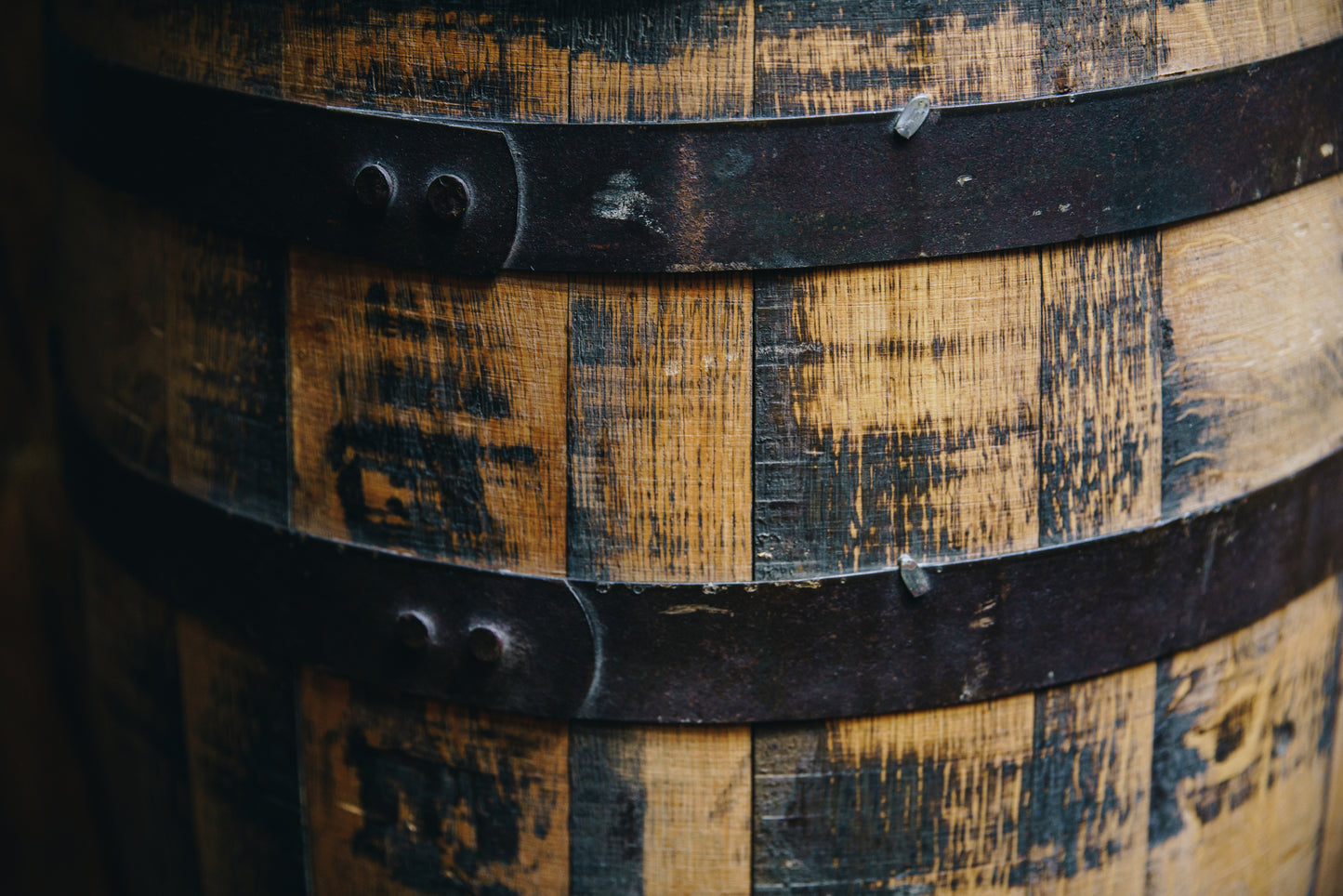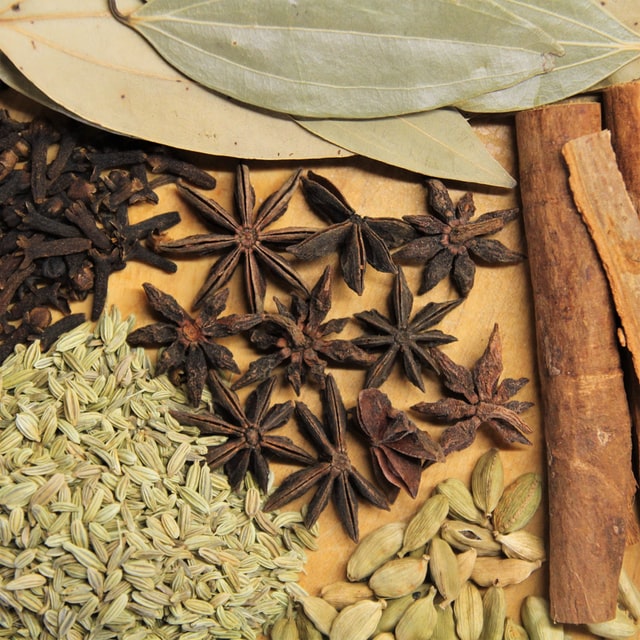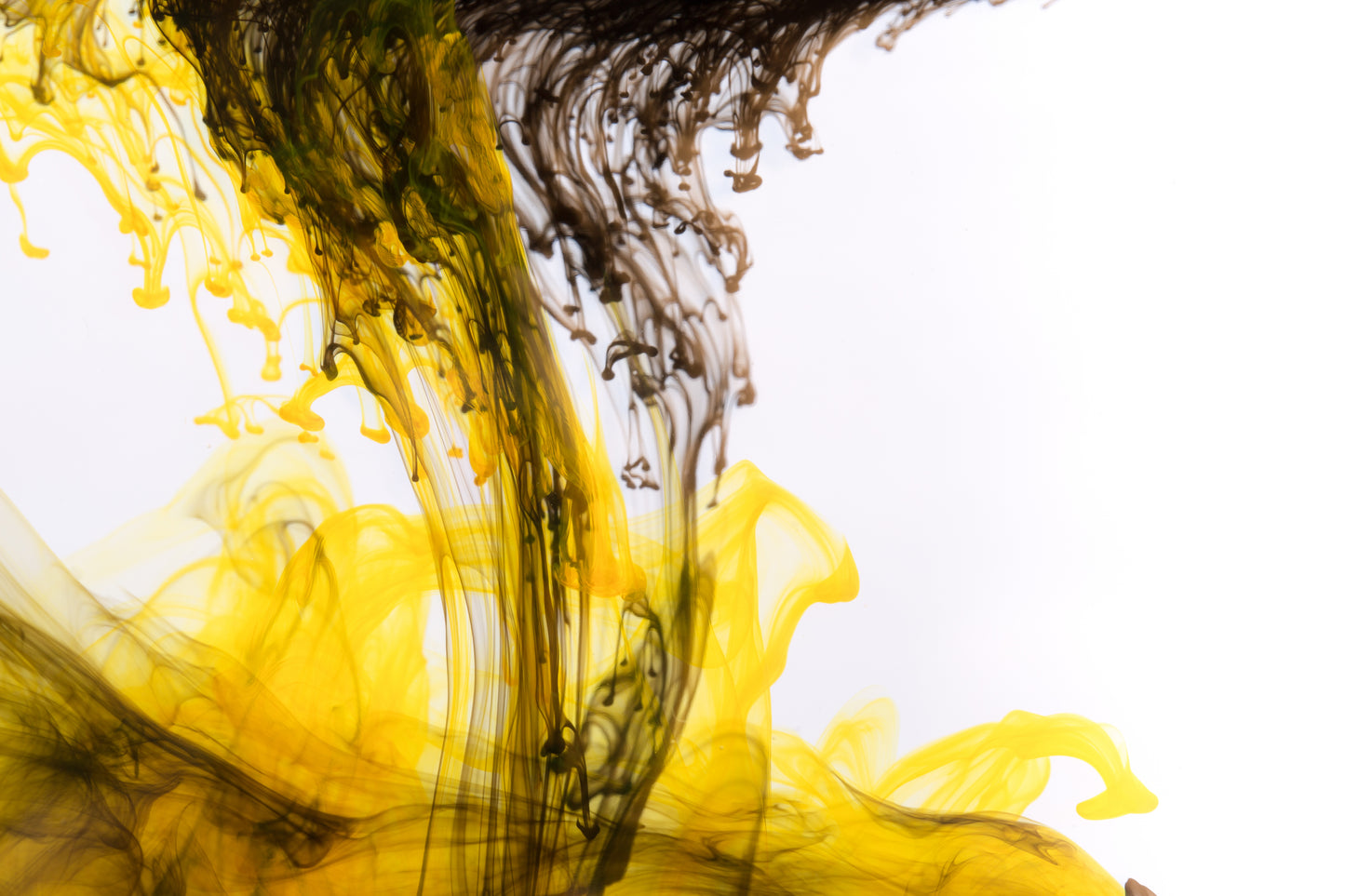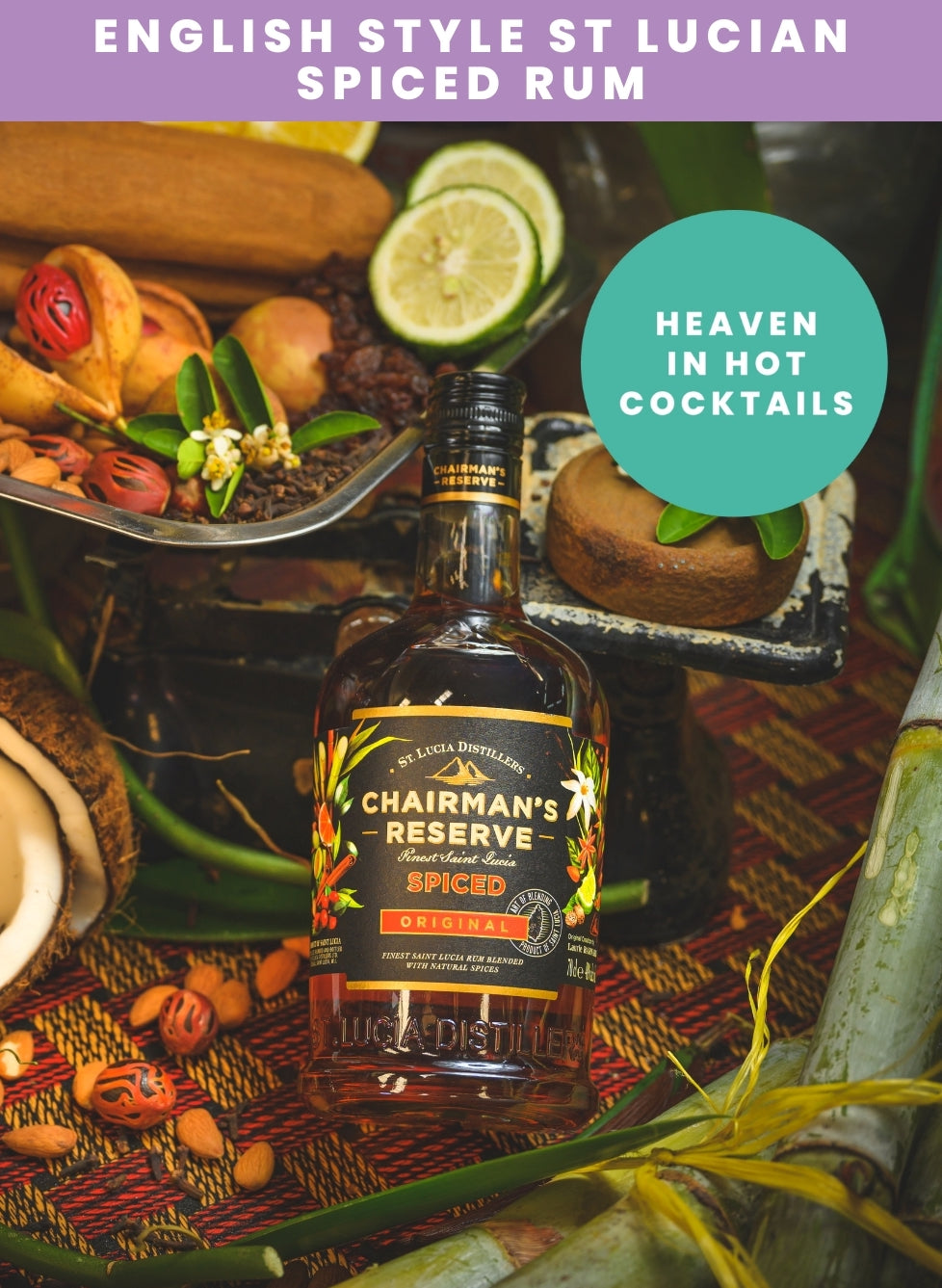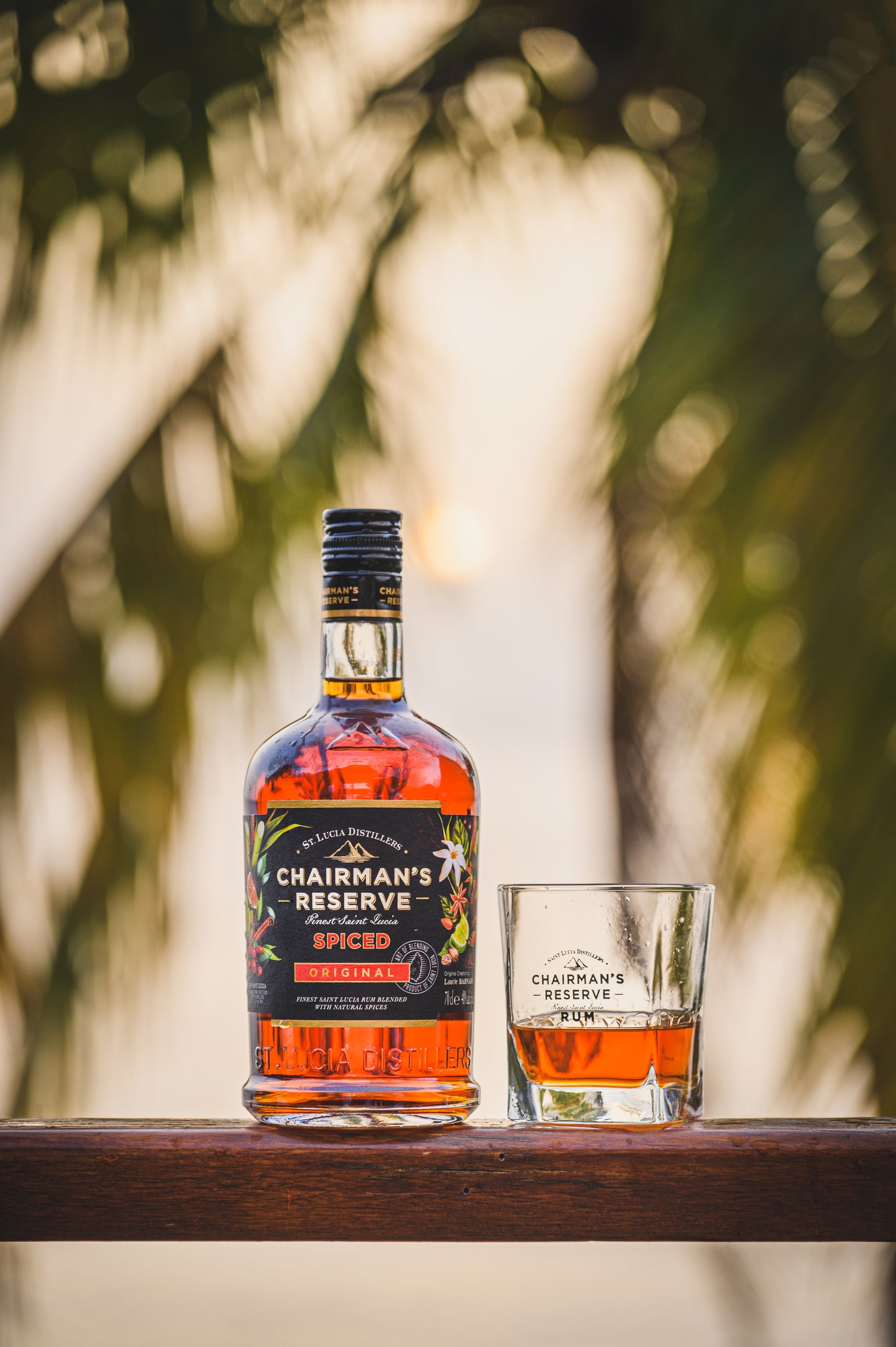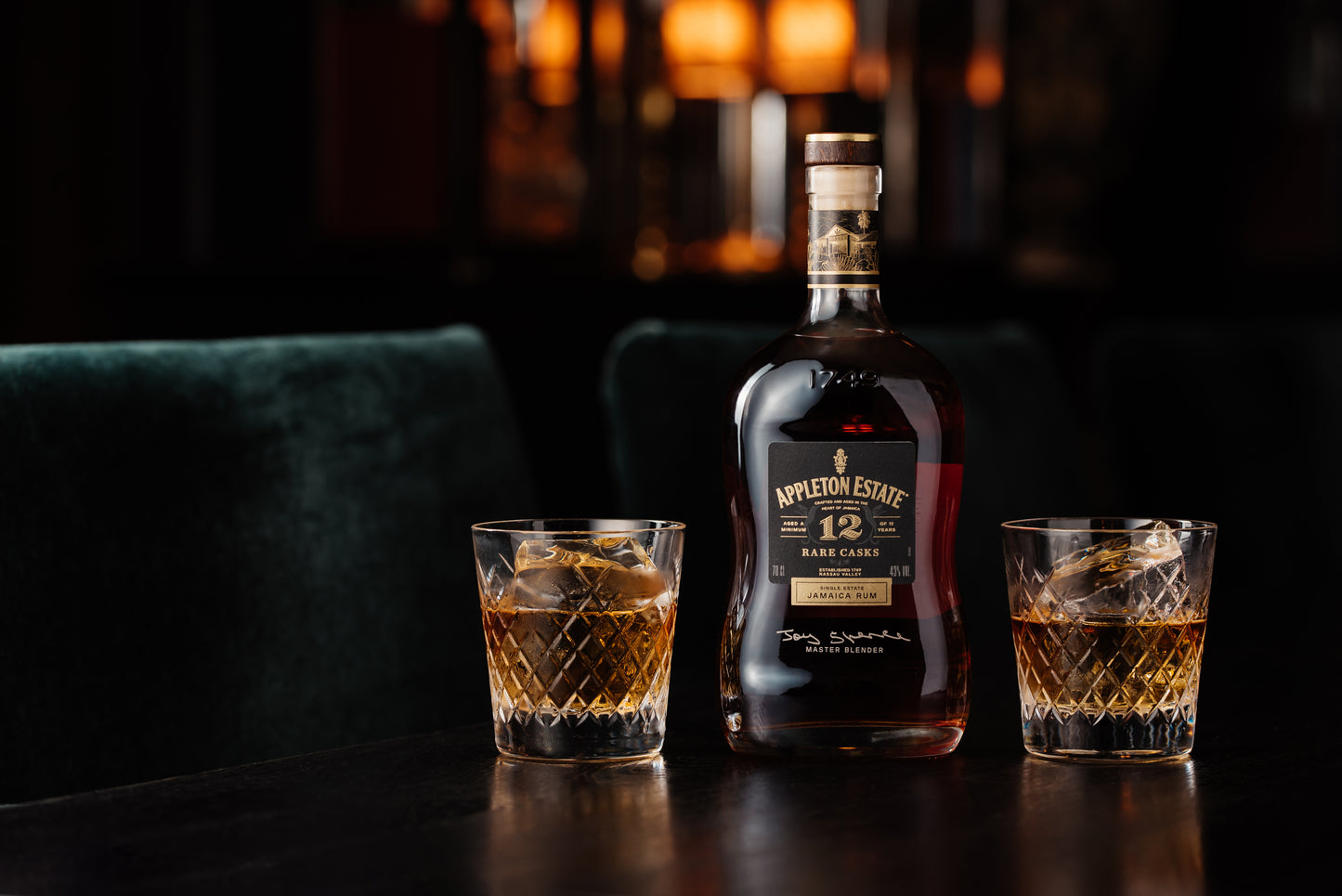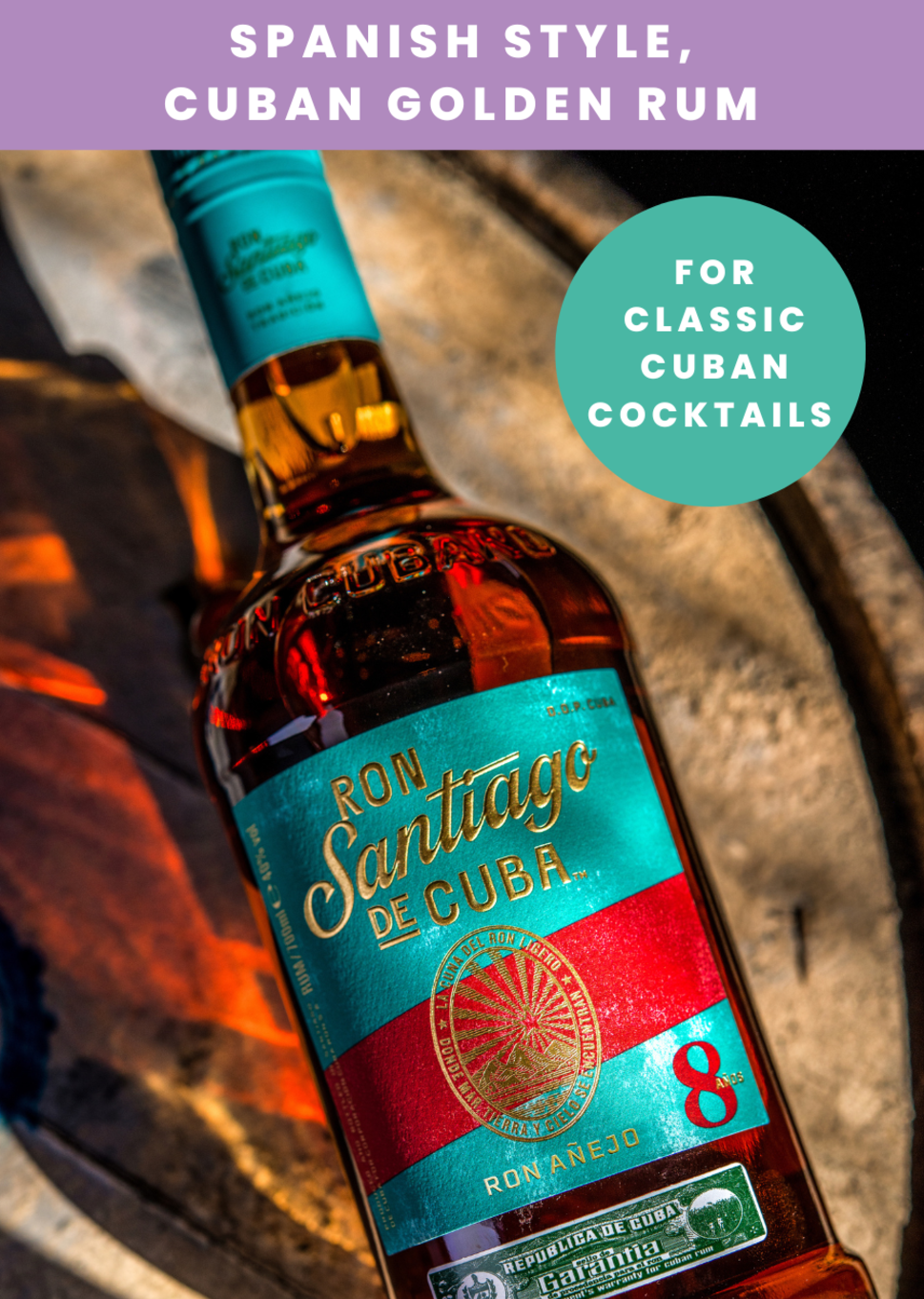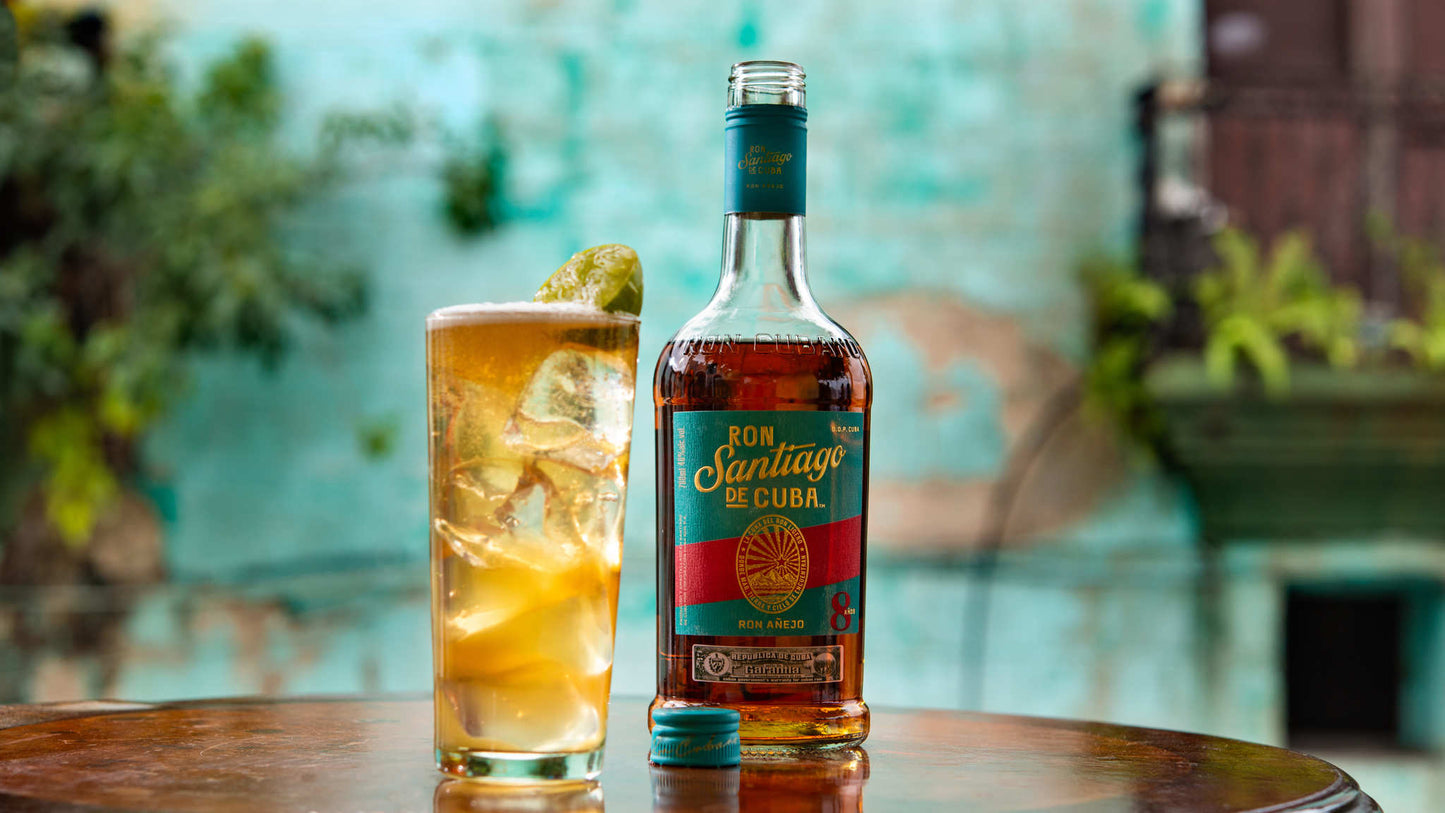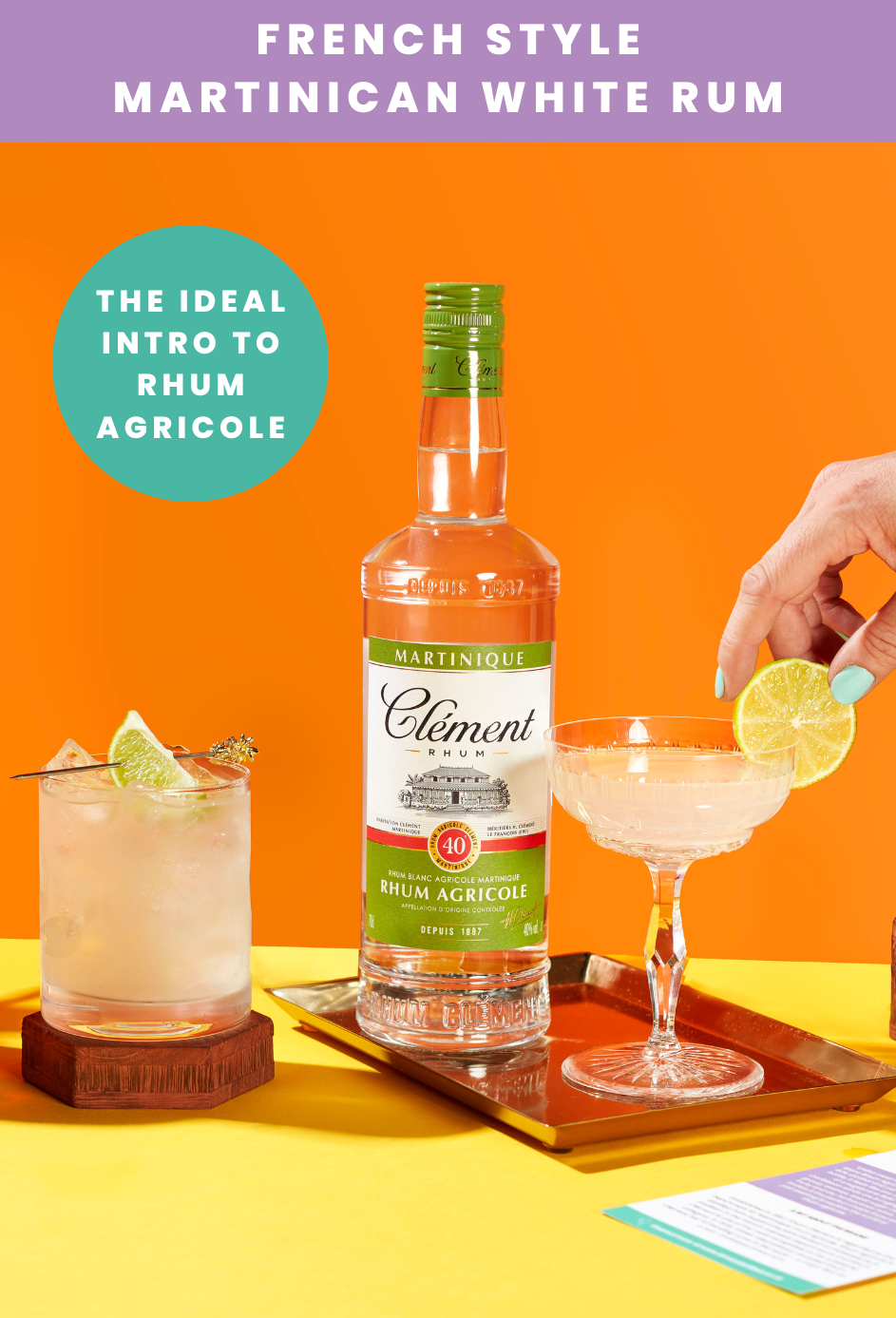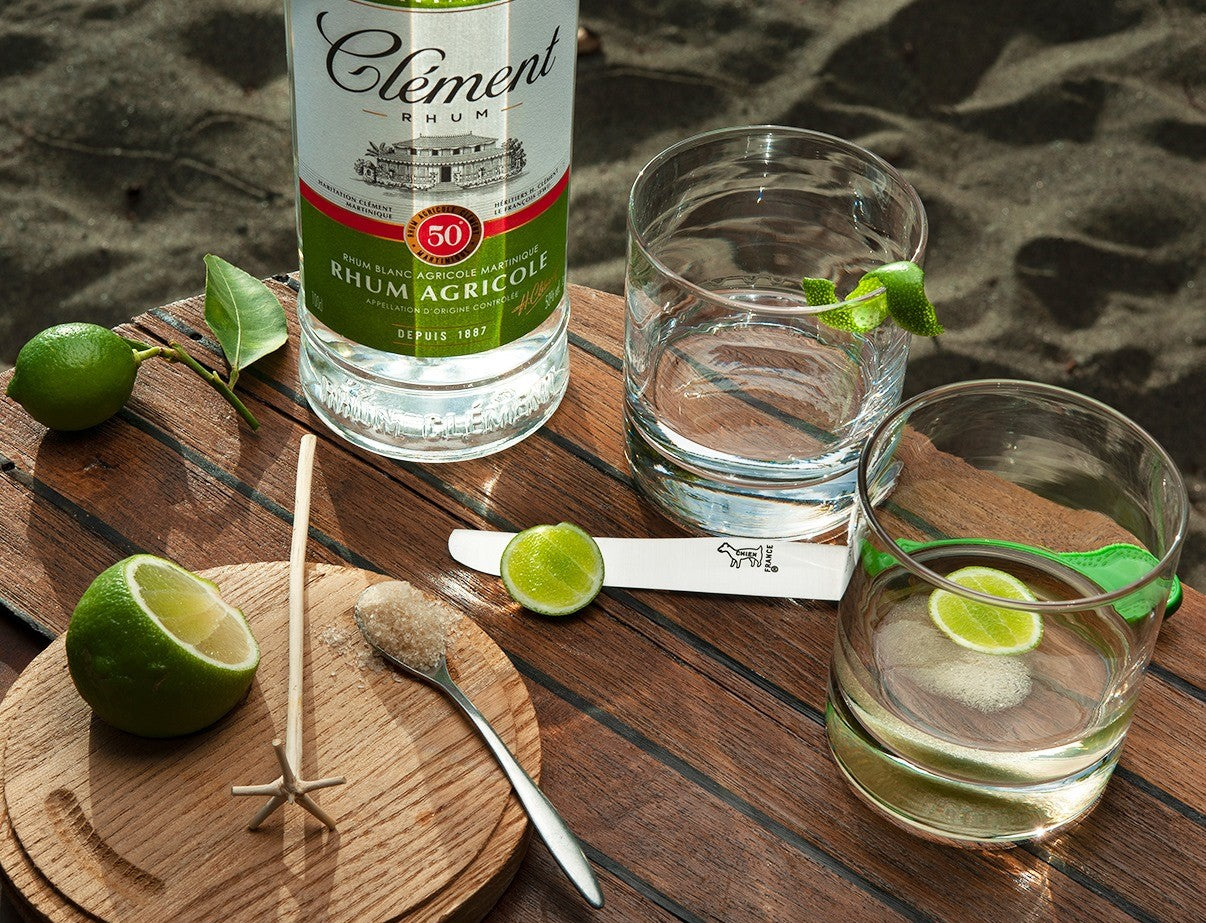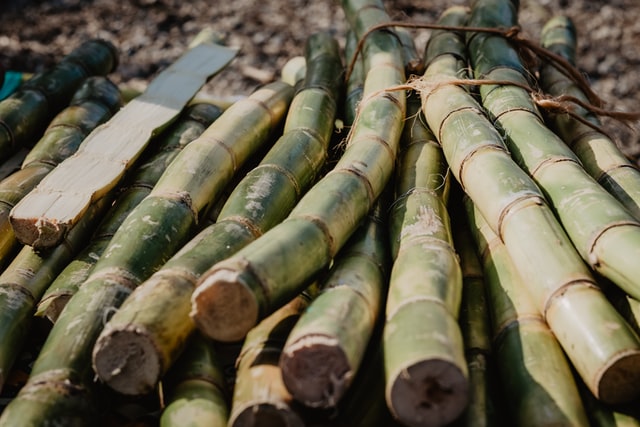

What is Rum?
Rum is the generally accepted term for sugar-cane based spirits, though no one knows where it got its name.
There’s a riveting debate among the type of people who obsess over etymology and stamp collecting on whether it comes from a shortening of the Latin word for sugar, “saccharum”. Others say it’s a shortening of the Devonshire slang “rumbullion”, which itself could be a combination of words from the various dialects of English, French and Spanish-speaking, rum-producing countries. Some think it means “kill devil”, which is naturally my favourite.
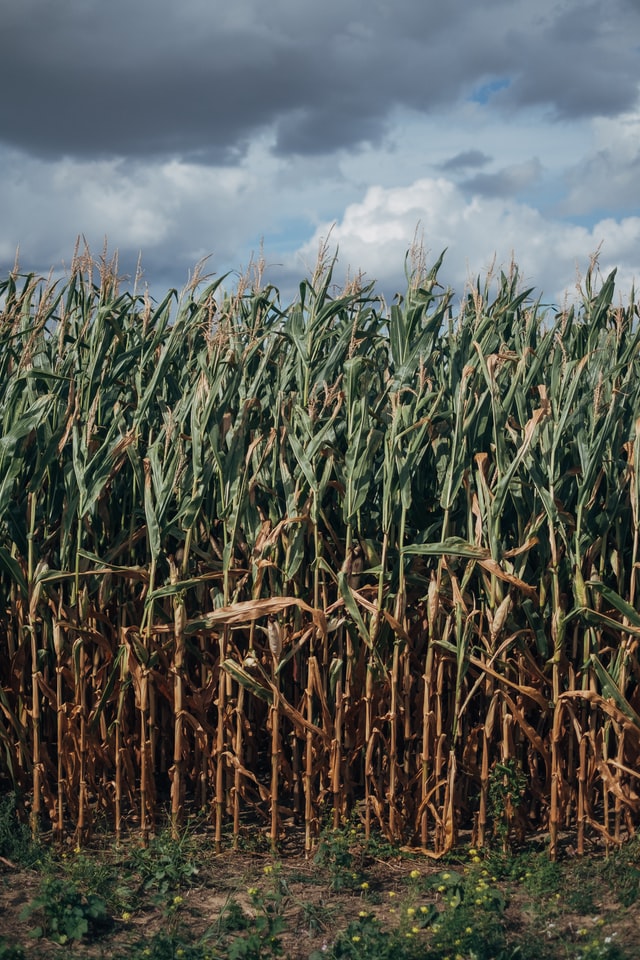
Rum's Origins
The first sugarcane distillates predate our conventional understanding by some time. Rum turned up to the party late, like a distant relative looking to stake a claim to a will.
Arrack, the pre-cursory big sister of rum, was distilled from raw sugar and widely traded in the Delhi Sultanate. To put that into perspective, what we think of as rum today comes from the 17th century and was undeniably linked to the Atlantic slave trade.
The forced movement of vast peoples and cultures from the African continent had profound and unintended effects on the geopolitical landscape and how rum would be produced and the rituals by which it would be consumed. We still follow those ideas loosely today, with the English, French and Spanish styles being those most typically used to describe the differing production methods.
Rum isn’t easy to understand, but it is worth learning about and most of all, it is worth drinking because it is a spirit that comes loaded with historic and cultural significance.
Rum Styles
There are a few stylistic differences that act as a broad-stroke shorthand to understanding how different rums may behave. It’s important to remember that the names of these styles are not indicative of the indigenous cultures or peoples that create them but more a gentle, if not outdated, indicator of the profile.
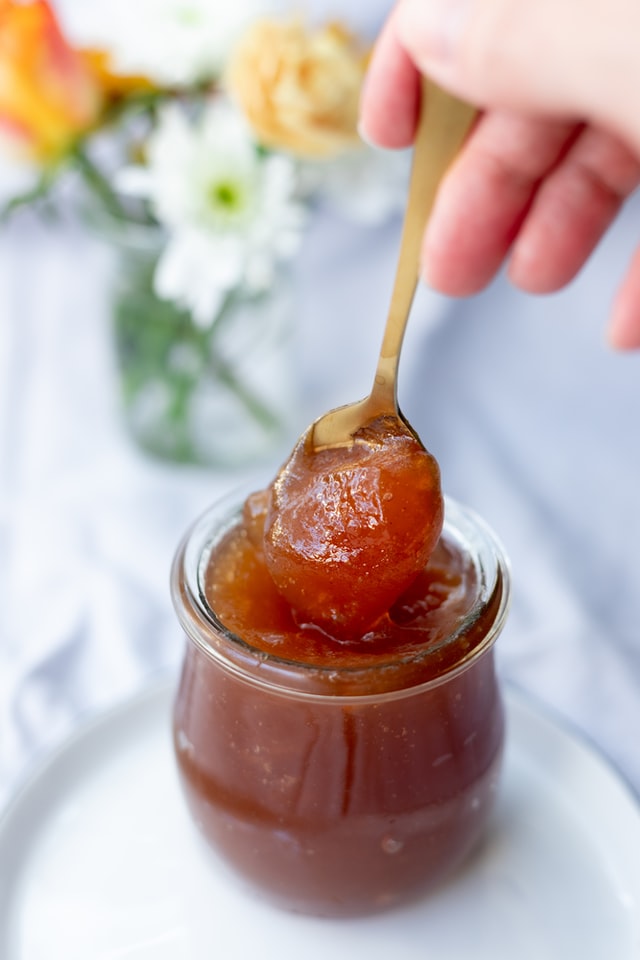
English Style Rum
English style rums encompass more full-bodied, ester-rich spirits.
Barbados or Bajan rums tend to encompass the lighter, fruitier end of the spectrum. Bermudan rums are deep treacle-laden drops. Lucian and Guyanan are full bodied, with a complex and mature candied sweetness.
All of these examples spring to mind when considering the English style, yet the example that sticks out with aplomb will always be Jamaican rums.
The only word to describe a Jamaican rum is FUNK. It’s a big, characterful liquid with profiles that dance across the entire flavour spectrum from jammy fruits all the way through spice to barbecue and rubber!
This rum uses molasses as a base. Molasses are a tar-like liquid that remains when commercially viable sugars have been removed from sugar cane juice through the process of refining. It’s distilled in continuous stills or, more often than not, in big, fat-bellied pot stills.
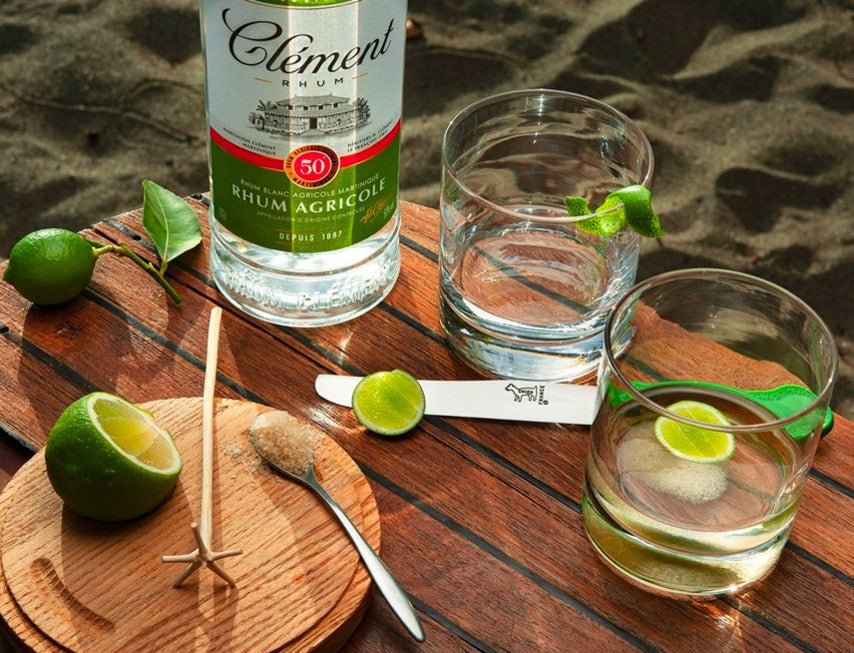
French Style Rum
The French style is the most dependent on a close understanding of the rules. Rum is distilled in column stills from pressed sugar cane juice. Typically, and obviously, from French-speaking islands; Haiti, Martinique, and the Guadeloupe islands of Marie-Galante, Grande-Terre, and Basse-Terre.
Rhum Agricole (a French term for rum, which like all French terms looks fancier when written) or French style rums, have distinct flavour registers that typify the category such as vegetal, grassy, sweet and for me, there are always notes of those old rubber bottomed plimsoll P.E shoes. Take a whiff and you’ll know what I mean.
Martinique is widely seen as the standard bearer of Rhum Agricole, with an AOC (appellation d'origine contrôlée’ - a certificate of authentication) regulated by the French government, similar to that of armagnac and cognac.
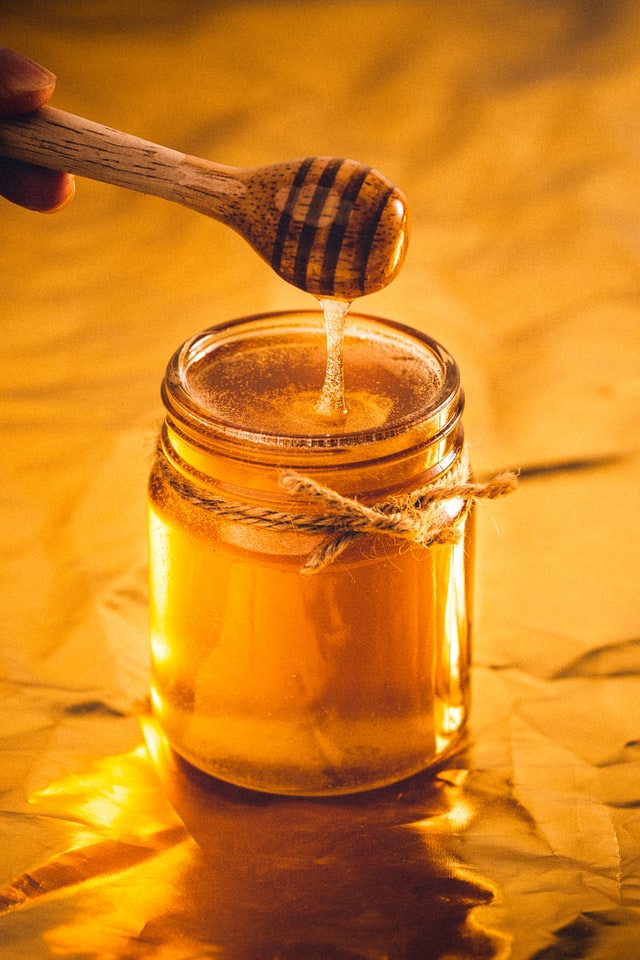
Spanish Style Rum
Possibly the most universally appreciated style of rum thanks in part to the Bacardi family and the generation-spanning discipline of Cuba’s maestro roneros. Spanish rum encompasses Cuba, the Dominican Republic, Puerto Rico, Venezuela and Columbia and is light yet deceptively complex.
You can expect a drier spirit that is enveloped by exquisite registers of sugarcane, tropical honey, citrus oils and with an almost malic bite.
Spanish style rums are molasses-based, column distilled and charcoal filtered for clarity. Similar to Rhum Agricole’s AOC, Cuban rums carry the equivalent DOP, or denominación de origen protegida.
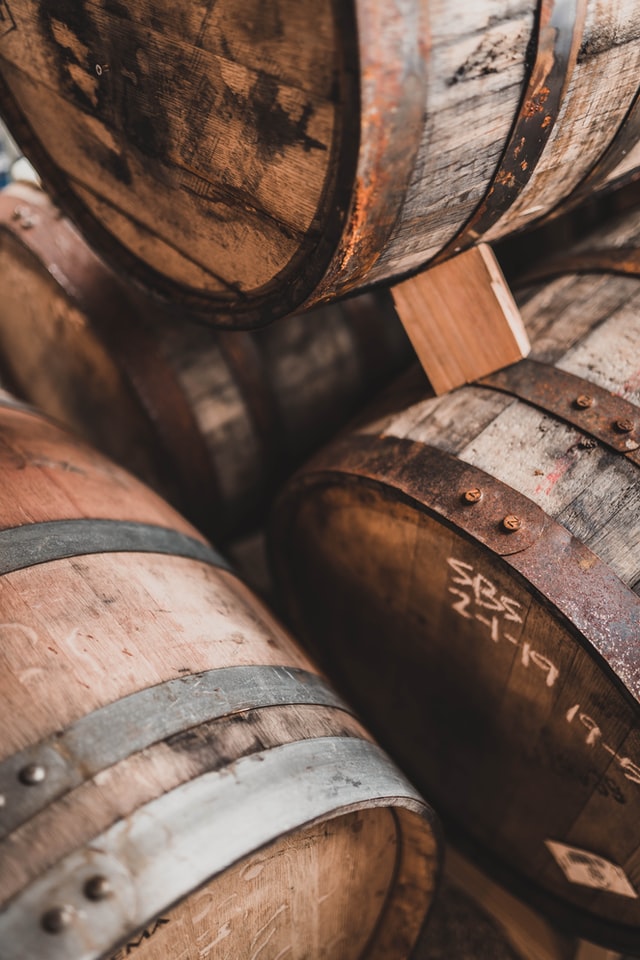
Ageing In Rum
Rum can be aged in a variety of styles. Take the Solera system for example, which requires a mind-bending amount of technical intuition from master blenders.
Ageing in ex-American oak is the most common method, with finishing occurring at different stages at the producer's discretion.
Similar to its spirituous cousins around the world, all rum is considered clear after distillation. It’s worth remembering that darker, older rums don’t always necessarily mean better - often caramel colouring is added as part of the final stages of production to create darker rums.
7 to 12 year-old rums tend to hold my attention most, with older age statements often losing some of the natural appeal of the raw product due to the intensity of the barrel interaction in such warm and humid climates.
Each style comes with its own Top Trumps profile of strengths and weaknesses, it’s all down to your personal taste.
Aged Rum Styles
Understanding Rum Strengths
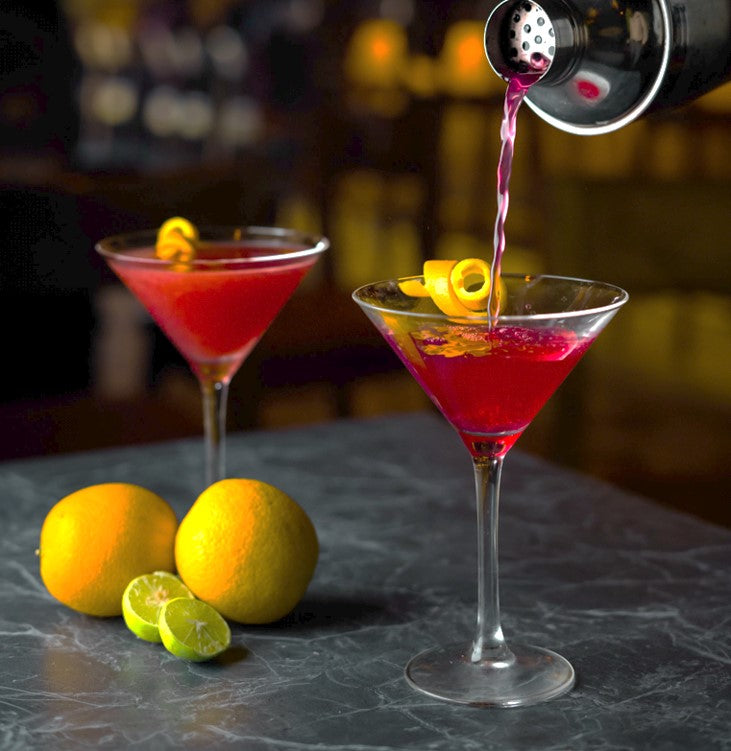
How Do You Drink It?
Rum seems to disappear quicker than most other spirits, which is an easy mystery to solve.
- White and young rums work wonderfully in a classic or strawberry Daiquiri.
- Dark rums need a little bit of elbow grease to cut through their heft and are always served best by bold flavours - ginger beer and fresh citrus are your work horses here.
- Golden rums sit on the pointiest part of the fence as they’re equally good in stirred down and brown drinks such as an Old Fashioned or El Presidentes but also shine in Mai Tais and other Polynesian treats.




